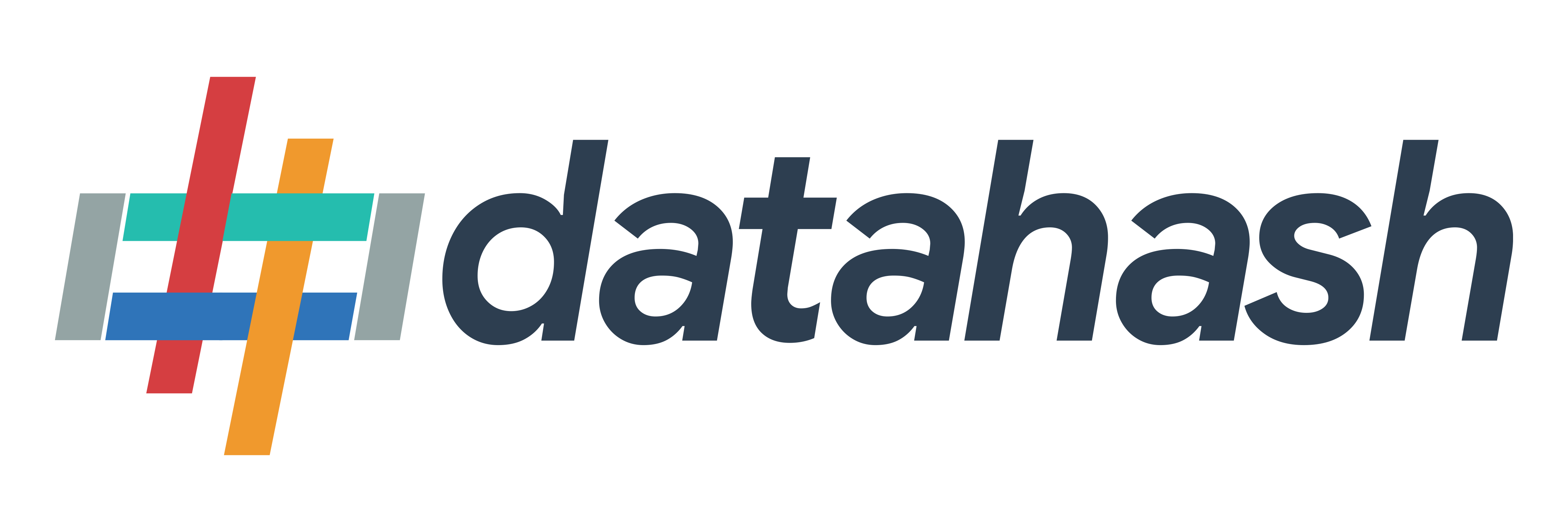Video Walkthrough
Description :
Bitrix24 is a free CRM system that supports unlimited records and provides a full suite of tools including client management, pipeline management, CRM scheduling, and a 360-degree customer view. By integrating Google Forms with Bitrix24 via Datahash, you can automatically push form submissions into your CRM for streamlined lead management and sales workflows.
Prerequisites:
A valid Bitrix24 account
Getting Started:
- Log in to Datahash Studio.
- Navigate to the CRM category under Destinations.
- Click on the Bitrix24 connector tile.
- Now you need to provide the Bitrix24 URL.
Getting the Bitrix24 URL
- Log in to your Bitrix24 account.
- Expand the Menu (top-left corner) and click CRM.
- Scroll down and click Rest API under the Add-ons section.
.
Case 1: If you have not created a webhook
- Click on Import & Export Data.
- Go to Import Customers.
- In the request builder, add the method: crm.lead.list.
- Copy the REST API URL and click Save.
Case 2: If you have already created a webhook
- Go to the Integrations section.
- Double-click the ID you want to integrate.
- In the request builder, add the method: crm.lead.list.
- Copy the REST API URL and click Save.
- Paste this Bitrix24 URL in Datahash Studio.
- Click Validate Credentials.
Configure the Connection
- Select Google Forms as the source type.
.
- Choose the connection name you want to integrate (must match the Google Forms Source you already connected).
- Provide a name for this Bitrix24 connection instance.
- Click Next.
Field Mapping
- Map the Google Forms fields with the corresponding Bitrix24 schema fields.
- Ensure all mandatory fields (such as lead name, phone, or email) are mapped correctly.
- You can map additional optional fields as required.
- Once done, click Test Connection
Test and Finish
- A test lead will be pushed to verify the setup.
- Once verified, click Finish.
- The connected instance will now appear in your dashboard.
Managing Instances
Adding a New Instance
- Repeat the setup process (select source, account, and module; provide a new instance name).
- Once successful, click Finish.
- The new instance (e.g., Ads connection 2) will appear in the Manage Existing Connections table.
Editing an Existing Instance
- In the dashboard, click the connection name in the Manage Connections table.
- Click the Edit icon (top-right corner) to enable edit mode.
- Update the field mappings or connection details as needed.
- Click Test Connection to verify updates.
- If you click Cancel, the previous configuration remains active.
- Updates are applied only when you click Finish.
- Click Finish to save the changes.












